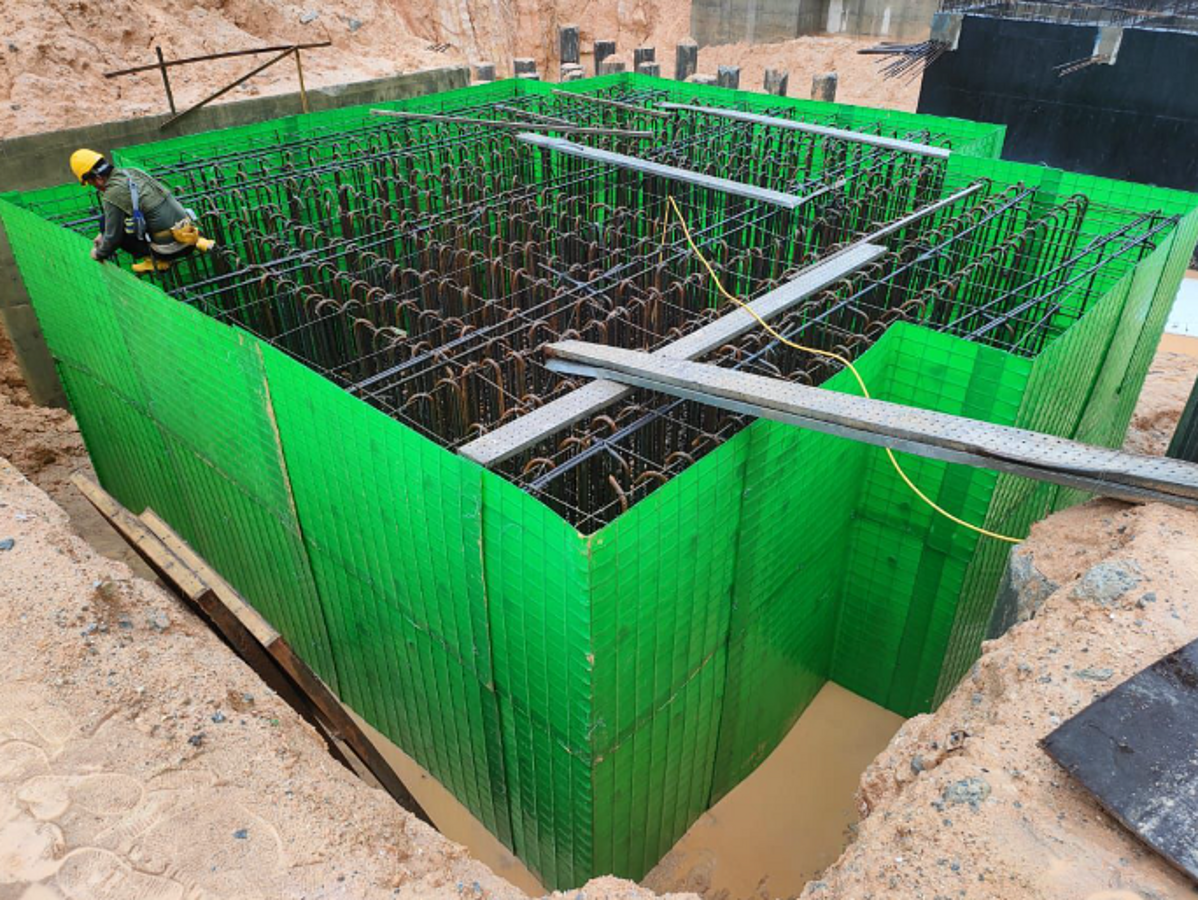Arcadis, the leading global design and consultancy organization for natural and built assets, announced the release of its annual International Construction Cost index (ICC).
Compared to last year’s result, Manila has seen a slight improvement in its ranking among the most expensive cities to build in globally. But despite dropping two spots from 81st to 83rd, construction costs remain high.
This slight shift in ranking is likely due to even steeper cost increases in other cities. However, the construction sector in the Philippines continues to grapple with its own challenges.
Last year, inflation was at 6% and combined with supply chain disruptions, both factors pushed material prices up. High labor costs also contribute to the overall expense of construction projects. As a result, developers and contractors continue to adapt to the evolving market landscape to ensure project viability.
Ma. Monina Munsayac, Executive Director for Cost and Commercial Management at Arcadis Philippines, said: “Despite the challenges faced by the construction sector in 2023, we remain optimistic about its resilience this year and beyond.”
“The upcoming infrastructure initiatives are a promising prospect, as well as the continued demand for sustainable projects which aims to meet the country’s sustainability goals. Regardless of the year's trajectory brought about by this infrastructure push and other market factors, the Philippine construction industry is poised to adapt by implementing a range of strategies, including enhanced procurement strategies, the integration of digital tools and a continuous focus on cost optimization.”
The 2024 Arcadis International Construction Costs index covers 100 of the world’s large cities across six continents. The cost comparison was developed to span 20 different building types, including residential, commercial and public sector developments, and is based on a survey of construction costs, a review of market conditions and the professional judgement of Arcadis’ global team of experts.
The calculations are based in USD and indexed against the price range for each building type relative to Amsterdam.
The year 2023 was difficult across the world, with high borrowing costs undercutting the positive impact of infrastructure investment in many countries. However, with markets stabilizing and inflation beginning to ease, we are at a pivotal moment in the recovery of the global construction sector. Increasing demand for labor, materials and power means that productivity is now becoming an increasingly critical factor in investment decisions and project viability.
Arcadis notes the rapid acceleration of investment into the advanced manufacturing and technology sector, including data centers, pharmaceutical facilities, gigafactories and wafer fabs.
The sheer scale and complexity of these end date-critical projects inevitably results in more financial risk, meaning that clients need to evolve their design, procurement and construction capabilities even as these multibillion-dollar programs are being built.
Joycelyn Pagcatipunan, Sales Director at Arcadis Philippines, said: “The Philippine construction market is mirroring the global trend of stabilization and recovery. However, we need to continue being agile and proactive for any scenarios once infrastructure projects in the Philippines gain further traction.”
“These could include challenges in construction programs, timeline, and securing skilled construction engineers and operatives in a tighter market, among others. In this environment, embracing technology and data-driven decision-making will be crucial for effectively managing risks and ensuring project success.”
Arcadis sets out a practical five-point framework in its report, which outlines a comprehensive approach focused on delivering fast, complex programs. Applicable to all markets and sectors, the framework offers prompts to help build resilience to deal with setbacks, scale and manage risk, model program interdependencies and invest in data and live project controls to increase confidence and assurance.










